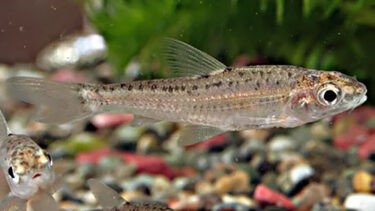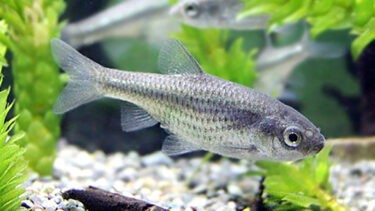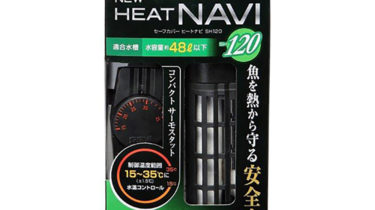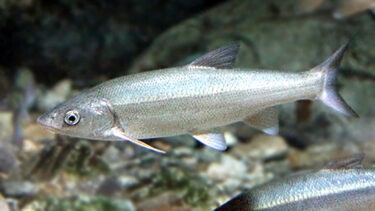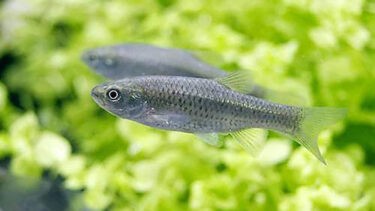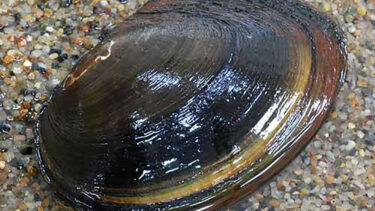Ugui are a genus of carp in the carp family, Carpidae, which are widely found in the upper and lower reaches of rivers throughout Japan, with the exception of Okinawa. It is also an attractive river fish with a stylish appearance. In this article, I would like to explain in detail the characteristics of the carp and how to keep it.
What is Ugui

Carp belong to the family Carpidae, family Carpidae, genus Ugui. The habitat of the Japanese dace is rivers all over Japan except Okinawa. They are found in a wide range of habitats from upstream to downstream of rivers.Ugui swim in schools, and it is sometimes possible to see them swimming in groups from bridges and other locations. Uguis have flowing sides and are smart looking. The body color is dark brownish silver with a single black horizontal band on the sides. The tips of the abdominal and tail fins are also distinctive with a brownish coloration.
Itomoroko is a river fish with silvery-white scales with a metallic sheen and black spots on its back. [...]
Kawabatamoroko are a genus of river fish in the carp family, Carpidae, found in Japan west of Shizuoka Prefecture, Tokushima Prefecture, Kagawa Prefecture, Fukuoka Prefecture, and Saga Prefecture, with a silvery white base, greenish brown back, and grayish brown sides with vertical bands. Kawabatamoroko are also found in Japan [...].
How to keep Ugui
Ugui can be an easy species to keep if you know how to keep them. The life span of the Japanese dace is approximately 8 to 10 years. Their body size is about 25 to 30 cm. However, both lifespan and body size vary depending on the environment in which they are kept and the food they are fed. They prefer slightly alkaline to neutral water quality, with a pH of 7.0 to 8.0. They can live in water temperatures between 5-25℃.
A heater is a device that maintains a constant water temperature. If you go to a specialty store that carries heaters, you will find a wide variety of types. Some people may be at a loss as to which one to choose. In this article, we would like to explain about such heaters [...]
Points to keep in mind when mixing swimmers
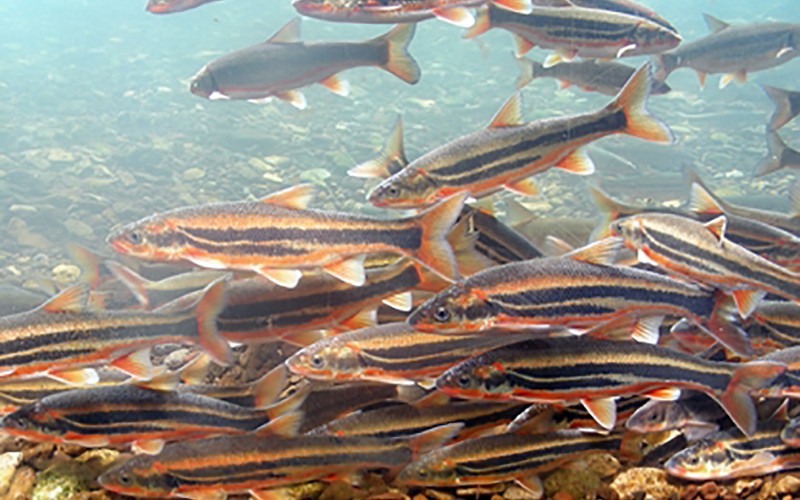
Regarding mixed swimming, first of all, the character of the sea urchin can be aggressive. One of the reasons for this is that the sea urchin is an omnivore. Therefore, if you mix them with smaller species, there is a very high possibility that they will mistake them for food and eat them, so you need to be careful.It is not recommended to mix with southern shrimp as they are not particularly keen on crustaceans such as shrimps. As for species to be mixed with, we recommend mixing them with medium-sized species. For example, oikawa, mugitsuku, and kawamutsu.
Many people think that goldfish are the goldfish that you see at fairs and festivals in the summer, and that there are many different kinds of goldfish. And it is no exaggeration to say that each type of goldfish has its own characteristics, and that is the best part about goldfish [...]
When you go to a specialty store to look at killifish, you will be surprised at the many varieties available. The prices are different, as are the body colors and patterns, so it is hard to know what to choose. So, in this article, I would like to explain in detail about the different types of medaka. Types of Medaka Scarlet Medaka [...].
Points about spawning
Many people who keep sea urchins want to breed them. In the wild, Japanese dace spawn in the springtime. If they are kept in captivity, the timing when the water temperature reaches around 15 degrees Celsius is the signal for spawning. At the time of spawning, three bright vermilion horizontal bands appear on the sides of the body as the nuptial color. Unlike other species, the nuptial color appears on both males and females. In addition to the nuptial color, females extend a black tube called the egg tube from near the rump.After confirming that males and females are contained, they will select a gravel area with a diameter of 2-5 cm and spawn as a group. Although there is a margin of error depending on the water temperature and other factors, they hatch in about 1 to 3 weeks. When they are fry, they consume yokelsacks (nutrients received from their parents) like other species, and after that they should be fed with feed for fry. They then grow to 4 cm in 1 year after hatching, 10-15 cm in 2 years, and enough to be able to engage in breeding activities in 2-4 years.
Points to keep in mind when keeping Ugui
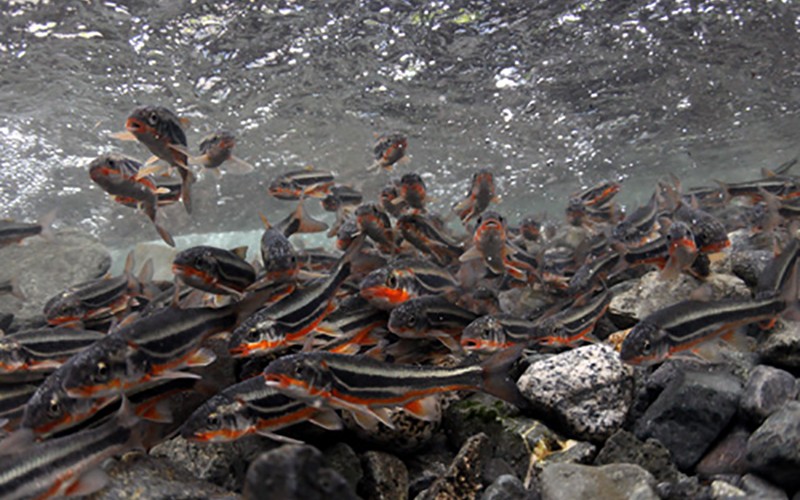
Ugui is a species that is widely found in the upper and lower reaches of rivers throughout Japan, with the exception of Okinawa. They are omnivorous, eating everything from insects that fall on the surface of the water, underwater insects, earthworms, small fish, fish eggs, crustaceans, and mosses. Recently, efforts to control the proliferation of non-native species such as black bass have been drawing attention by taking advantage of the fact that the sea slug likes to eat fish eggs.Ugui is the most common river fish and has a beautiful appearance and stylish body. It is an essential part of the traditional Japanese ecosystem, making it a highly recommended river fish in terms of education. If you are interested in Japanese pond smelt, we recommend that you take a look at them at a specialty store.


